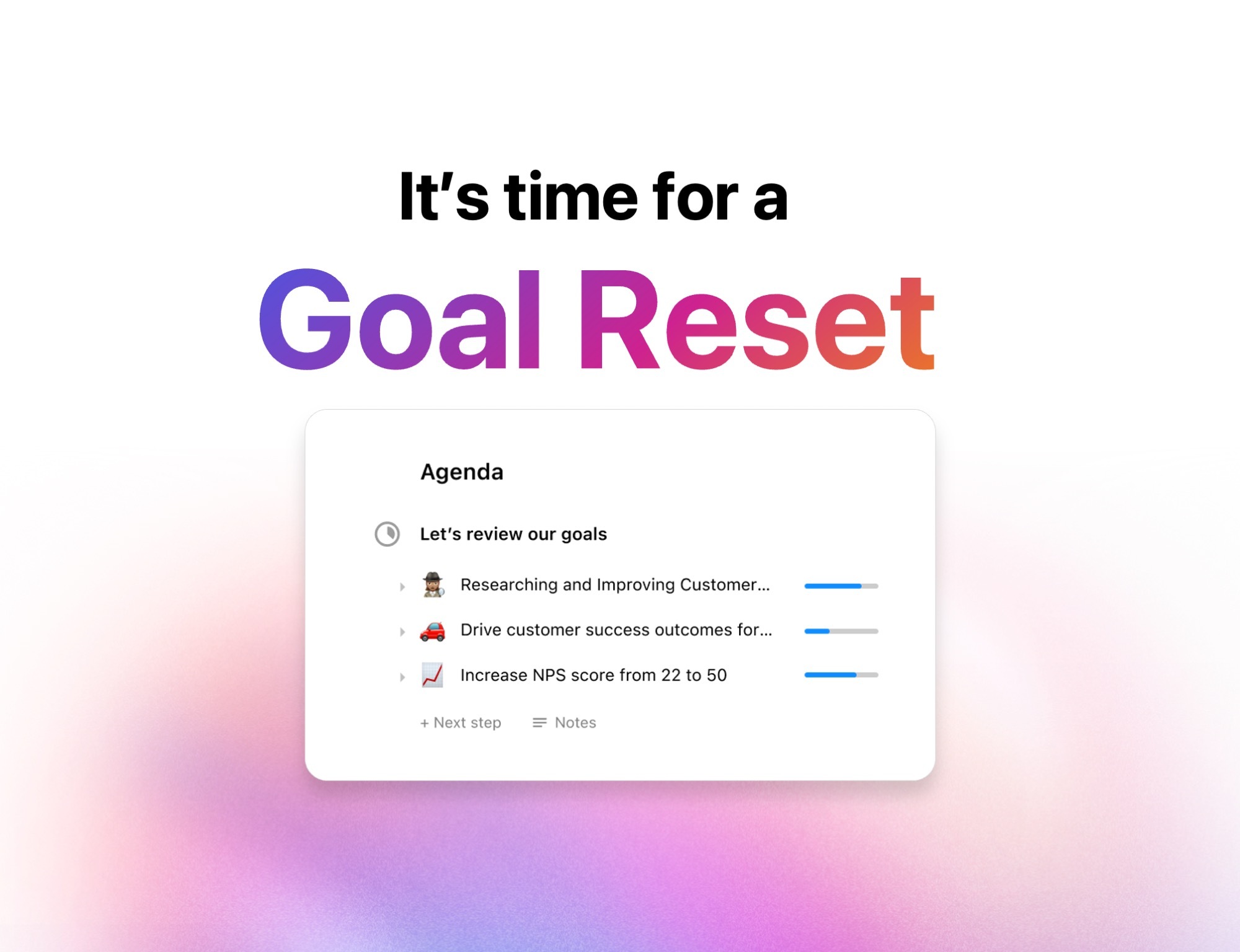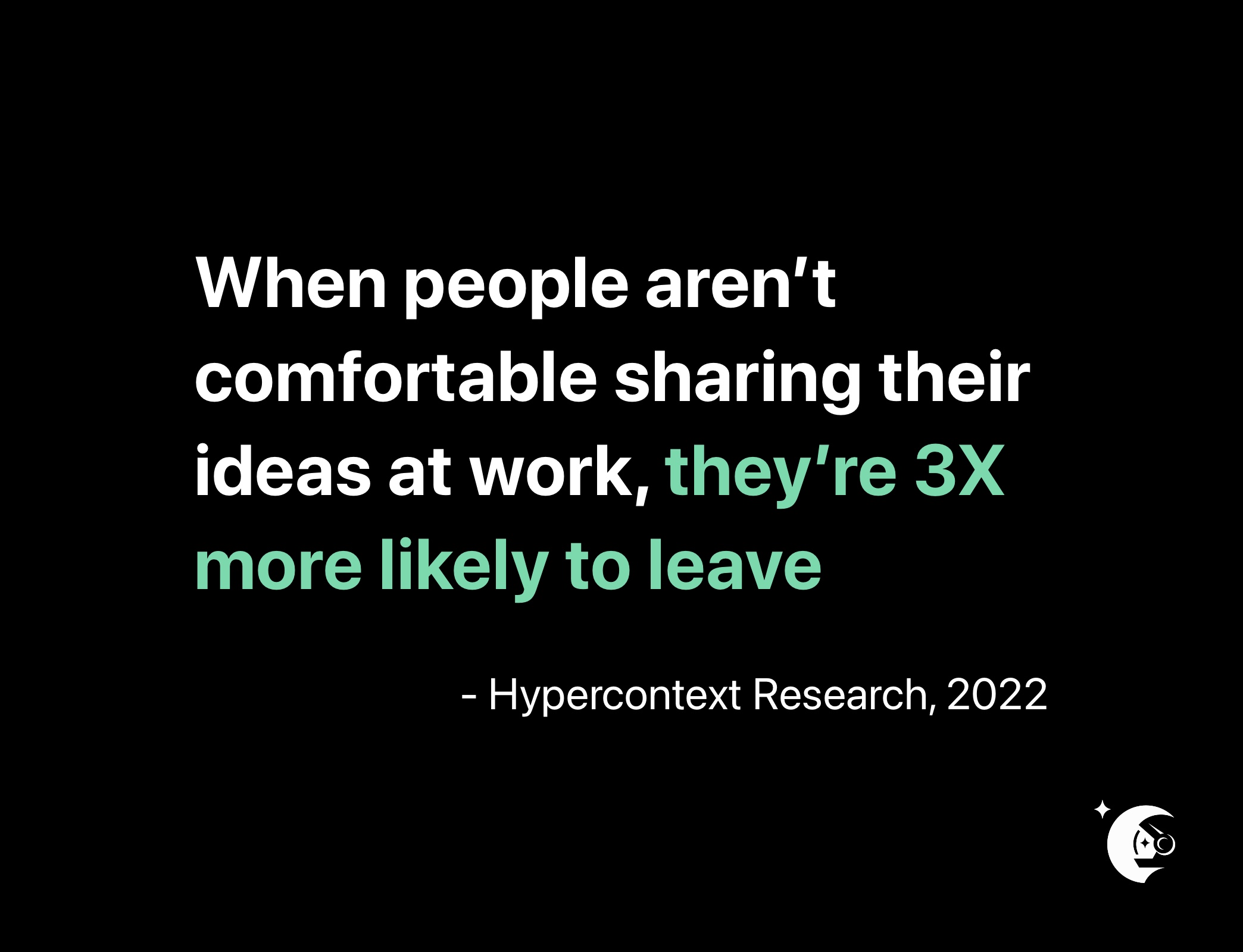Why continuous feedback is replacing the employee engagement survey
4 min read
It’s time to rethink the employee engagement issue. The change we need to make is to redefine engagement beyond an annual HR measure to focus on continuous feedback: a holistic part of an entire business strategy. Here’s what we know:
- Employee engagement is critical to performance, however, most employees today are not engaged
- What gets measured gets done
But first thing’s first: what’s the problem with employee engagement surveys?
The issue with employee engagement surveys
The biggest issue with employee engagement surveys is that much of the data is not acted on, which ends up doing more harm than good. As an employee, it’s disheartening to think that your feedback amounts to little more than a report that gets passed up to leadership.
For leaders, while the survey information is interesting, the data you get does very little to actually help you manage core business objectives like revenue, business expenses, market share, customer churn, etc. For example, let’s say you get a score of 10 from an employee net promoter score (eNPS) survey. It’s hard to say if increasing it by another 10 points will help increase revenues, or retention, or market share by a correlated amount. There are ways to do this, but they aren’t easy.
Engagement surveys do provide useful information, but they fall short on taking action. Partly because the information isn’t immediately actionable. Think about it: HR sends a survey to employees, who send their answers back to HR, who sends the responses to managers, who are able to actually take action on the feedback…an average of 21 months later.
It doesn’t work. What does work? Ongoing, continuous feedback.
An alternative way to measure employee engagement: continuous feedback 🙌
Engagement shows up when employees feel heard. We can see engagement rise through the ongoing input, feedback and ideas that employees have to improve work – and the continuous feedback they receive to improve their own output. People who care about their colleagues and workplace are motivated to correct issues and work on ways to get better results.
In other words, a company’s best employees are not just those who stick around and do their jobs, but contribute above and beyond their job descriptions. They have a desire to co-create success. And for these employees to thrive, their input needs to be heard – and not a year later.
What is continuous feedback?
As we’ve said before, the single most important thing a boss can do is focus on feedback: giving it, receiving it and encouraging it. And for feedback to be fully effective, it has to be offered on an ongoing, continuous basis – not once a quarter or once a year during performance reviews.
Continuous feedback means seamlessly integrating open communication into your workplace’s day-to-day through one-on-ones, team meetings and company-wide discussions. It’s about making sure your team feels heard – and creating a culture of openness where feedback can flow in both directions.
Why should you care about continuous feedback?
Here’s a great example of why you should care:
A leading global resources company selected Hypercontext to uncover employees’ ideas for cutting costs. More importantly, with falling resource prices, they didn’t want this to become a one-time effort. They wanted it to become embedded in their culture so that all employees were always looking for ways to create efficiencies and improve productivity.
The customer used Hypercontext to collect input on: productivity, cost cutting, health and safety and improving workplace culture. When they first launched, employees naturally gravitated towards workplace culture. It represented over 50% of the input received. This was great, but leadership also needed employees engaged on cutting costs. Over the course of the next six months, leadership focused more communication on where they needed help. The result was exactly what they wanted. Not only did they get lots of ideas (over 1,700 ideas, 2,000 comments and 32,000 votes!), but the feedback was aligned to the most pressing business needs with over 95% of the trending ideas focused on cost cutting, productivity and health and safety.
A continuous feedback system increases employee commitment to making a difference because they’re part of the solution. Furthermore, feedback can also be aligned to business priorities.
As a final anecdote for supporting continuous feedback as a engagement key performance indicator, at Hypercontext we’ve seen that the amount of input an individual provides is a good predictor of turnover. Employees who are engaged in providing input are more invested in the long term success of the organizations they’re working for. And that’s a major win-win. 🎉


